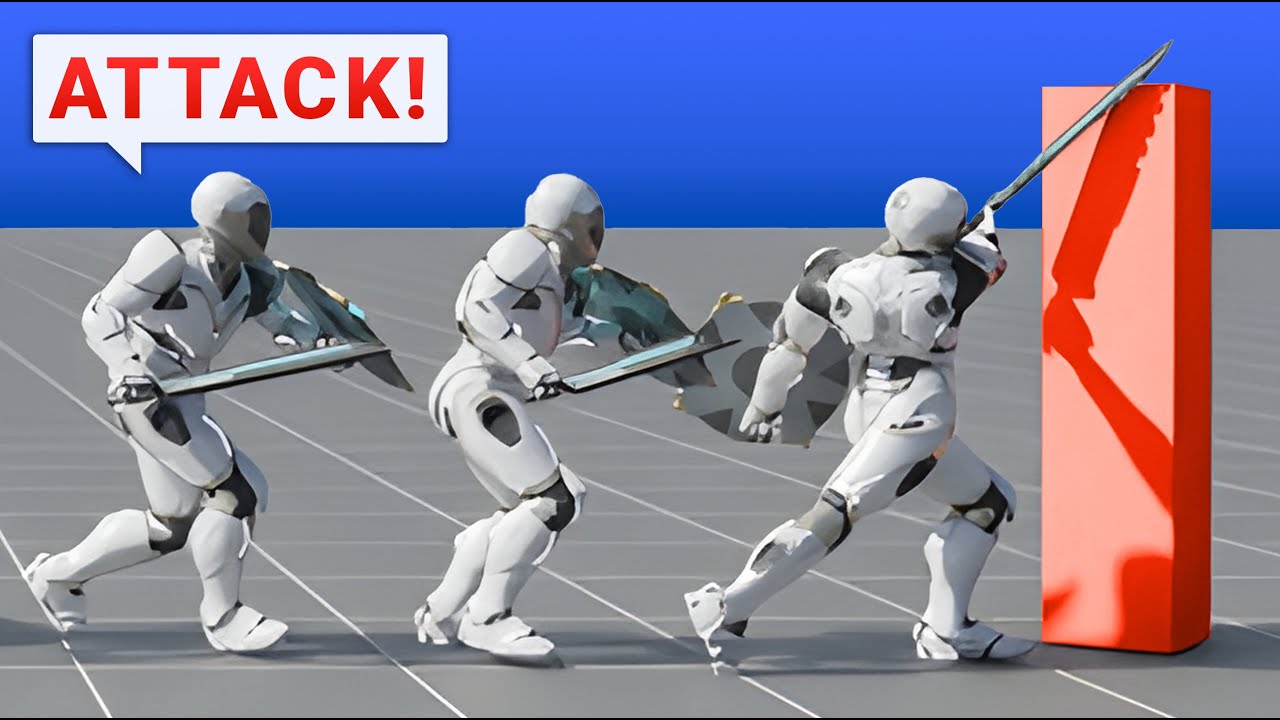The video showcases NVIDIA’s latest innovations in AI, including a new text-to-image system that ensures character consistency across various images and a text-to-animation technology that synthesizes motion from a dataset of 5,000 human movements. Additionally, advancements in simulation techniques and ray tracing are discussed, highlighting their potential applications and the encouraging reception of these breakthroughs at SIGGRAPH.
In a recent visit to NVIDIA headquarters, the speaker engaged with researchers and CEO Jensen Huang to explore their latest innovations presented at SIGGRAPH, the leading computer graphics conference. A key challenge in current text-to-image AI systems is maintaining character consistency across different images. The speaker highlights a new paper, Consistory: Training-Free Consistent Text-to-Image Generation, published by NVIDIA that addresses this issue by allowing users to generate images of the same character in various scenarios, significantly improving the reliability of character representation. This breakthrough also includes the ability to use ControlNet, enabling users to create animations from stick figure sketches while keeping the character consistent across different poses.
Advancements in AI extend beyond image generation; NVIDIA has also made strides in text-to-animation technology. This system synthesizes motion for virtual characters based on simple text prompts, drawing from a dataset of approximately 5,000 human motions. The speaker emphasizes the importance of capturing complex movements, which the AI demonstrates effectively. It operates in real-time on consumer graphics cards, showcasing its potential for creating dynamic animations, including dance and martial arts, while noting the system’s sensitivity to phrasing in prompts.
Additionally, the video discusses a new simulation technique capable of handling various data types, such as triangle meshes, point clouds, neural radiance fields, and more, all through a single algorithm. Although the fidelity of these simulations may not yet match the highest standards seen in Gaussian Splats, this technique is a significant advancement and can perform complex tasks like thermal analysis of real-world objects, exemplified by NASA’s Curiosity Mars rover. This innovation won a best paper award at SIGGRAPH and is detailed in the paper Simplicits: Mesh-Free, Geometry-Agnostic, Elastic Simulation.
The speaker also touches on the topic of ray tracing, a method used for creating photorealistic images by simulating light paths. While traditional ray tracing simplifies light as rays, a new technique proposes a full wave-optical light simulation, which can yield more accurate results, particularly in complex scenarios like cellular signal coverage across urban areas. Although the implementation is still slow, it represents a significant advancement in the field, and the availability of its source code encourages experimentation, as noted in the paper A Free-Space Diffraction BSDF.
In conclusion, the speaker expresses admiration for the quality of the innovations presented at NVIDIA, including the efficient service at their café, which humorously aligns with the theme of “Two Minute Papers.” The video invites viewers to consider the potential applications of these groundbreaking techniques and encourages them to share their thoughts in the comments, fostering a discussion about the future of AI and simulation technologies. For more on NVIDIA’s research, check out their SIGGRAPH 2024 AI Graphics Research page.
